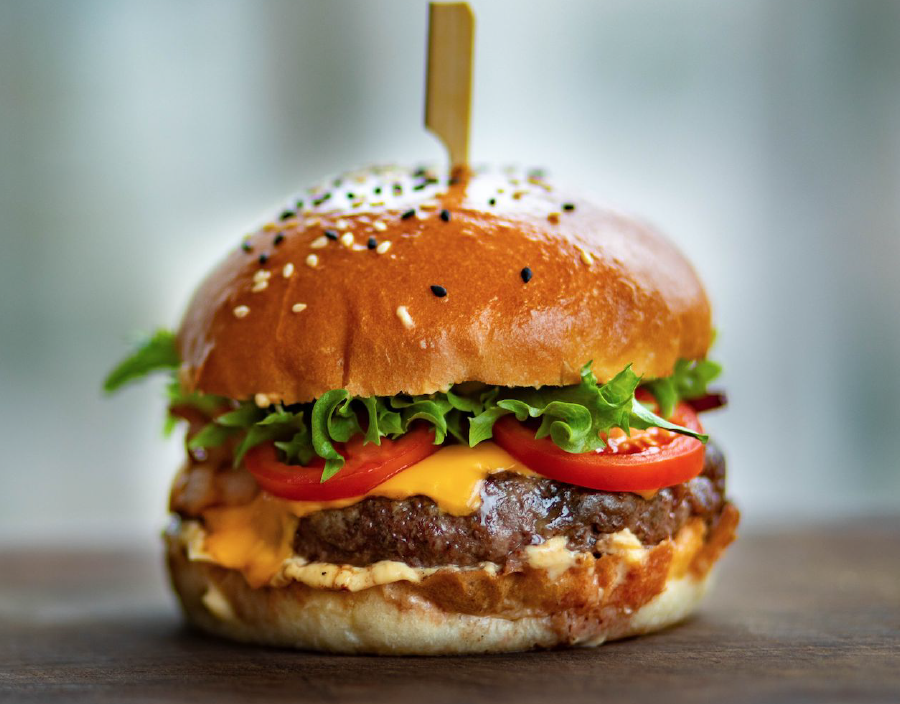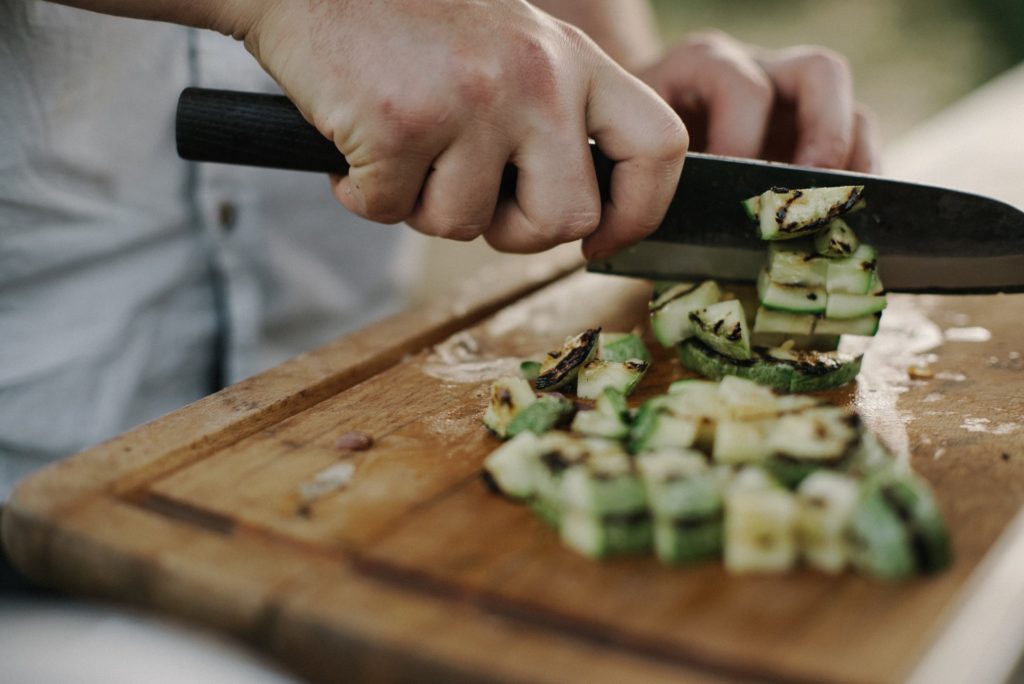
What makes a winning composition?
In the first of this three-part guide, we will explore the components that make up a well-written composition. For the purpose of this, we will compare writing a creative piece to making a delectable sandwich or burger.
Plan your essay
A great sandwich artist will have prepared all his ingredients beforehand and have them all laid out before assembling them. Similarly, it is preferable for you to brainstorm all the components of your composition before setting pen to paper.
Your narrative should follow a story curve with the following components:
- Introduction
- Rising Action
- Climax
- Falling Action
- Resolution
The introduction and rising action describe events which lead up to the climax (the point where all the action in your story happens). After the climax, the curve drops off through events which release tension in the story. It then concludes meaningfully in the final paragraph. The ending should make reference to the composition topic and reflect the narrator’s concluding thoughts, such as a lesson learnt.
Craft an effective introduction
You can think of your introduction and conclusion as the two buns sandwiching all the ingredients. They lay the foundations for a great sandwich (your essay) and tie everything together! Many students, however, do not have an objective in mind when they craft their introduction.

Because of this, they may include extraneous details or describe the setting in a way that does not advance their narrative. This results in a missed opportunity to make an impact and many a time, leaves the marker scratching his head. A good introduction is relevant to your narrative and functions as a hook that arouses the reader’s curiosity. It does this either by
(1) Foreshadowing a problem
(2) Revealing something about the story or the characters
(3) Setting the scene
Let us take a look at one of the techniques: foreshadowing.
Foreshadowing : to act as a warning or sign of a future event
(Definition from the Cambridge Dictionary)
The following introduction makes use of the foreshadowing technique:
Strains of music and laughter grew faint as I started homewards. With every step I took, the adrenaline, coursing through my veins from the night’s events, seemed to fade a little more. (A) In its place were the first signs of fatigue that had begun to envelop me. My thoughts drifted in tandem to a vision of me ensconced in a bed of pillows and the comfort of my warm sheets. Quickening my pace, I made my way to the ill-lit alleyway a short walk away . This was the shortcut I usually shied away from, in preference of the route I knew like the back of my hand. (B) Standing in the sea of darkness which extended infinitely into the narrow corridor, the usually inviting evening breeze now made my nape tingle and the hairs on the backs of my arms stand. The scanty lamps lining the alley flickered on and off. My ears pricked up and my eyes darted around in the direction of eerie sounds.
How is this introduction effective?
(A): These lines reveal to the reader the author’s intentions for taking a shortcut instead of his usual route home.
(B): These lines foreshadow the forthcoming parts of the narrative by suggesting that something undesirable is about to happen to the narrator.
Practise the tips above the next time you craft an introduction! Remember to include details which count and work towards making every line impactful.
Introduce varied sentence structure
Given the introduction and rising action components lead up to the climax of your story, we need to make sure our language does the part and sustains the reader’s interest. Remember, interesting language is as important as crafting a sound plot. One way to do this is by introducing varied sentence structure into your essay.
One way we can switch up our sentence structures is to use -ly sentences.
You will find that your composition quickly sounds boring when sentences all follow the subject-verb-object sentence structure.
An example of a sentence which follows this structure is the following:

Peter was lost in his thoughts.
In this example, the sentence begins with the subject. Peter (the subject) was lost in (verb) his thoughts (object) .
When our sentences all begin with the subject, they quickly sound monotonous and repetitive. Therefore, introduce variety into your language by beginning some sentences with adverbs. An adverb is a word that modifies a verb (action word) or an adjective (description word).
Bearing the above in mind, we may want to the follow the sentence with:
Absent-mindedly , the unsuspecting lad threw his wallet into the bin instead of the wad of tissue he held in his other hand.
Now contrast (A) and (B) below. Which one sounds better?
(A) Peter was lost in his thoughts. Absent-mindedly, the unsuspecting lad threw his wallet into the bin instead of the wad of tissue he held in his other hand.
(B) Peter was lost in his thoughts. He was absent-minded and threw his wallet into the bin instead of the wad of tissue he held in his other hand.
Switching up the beginning of our sentences with adverbs is only one of the many ways we can introduce variety into our sentences. Try and discover some other ways yourself by picking out a piece of fiction which interests you and analysing the language used. ☺
Additional tip : Make sure that the components of your essay are in proportion! Just as too much bun and scanty ingredients make for a disappointing burger, your introduction should not be longer than the most important part of the story- the climax.
Stay tuned for part two of this guide, where we explore show-not-tell, a unique way you can spice up the build-up to the story’s climax, and more!
Or sign up for a free trial creative writing class by clicking here.




